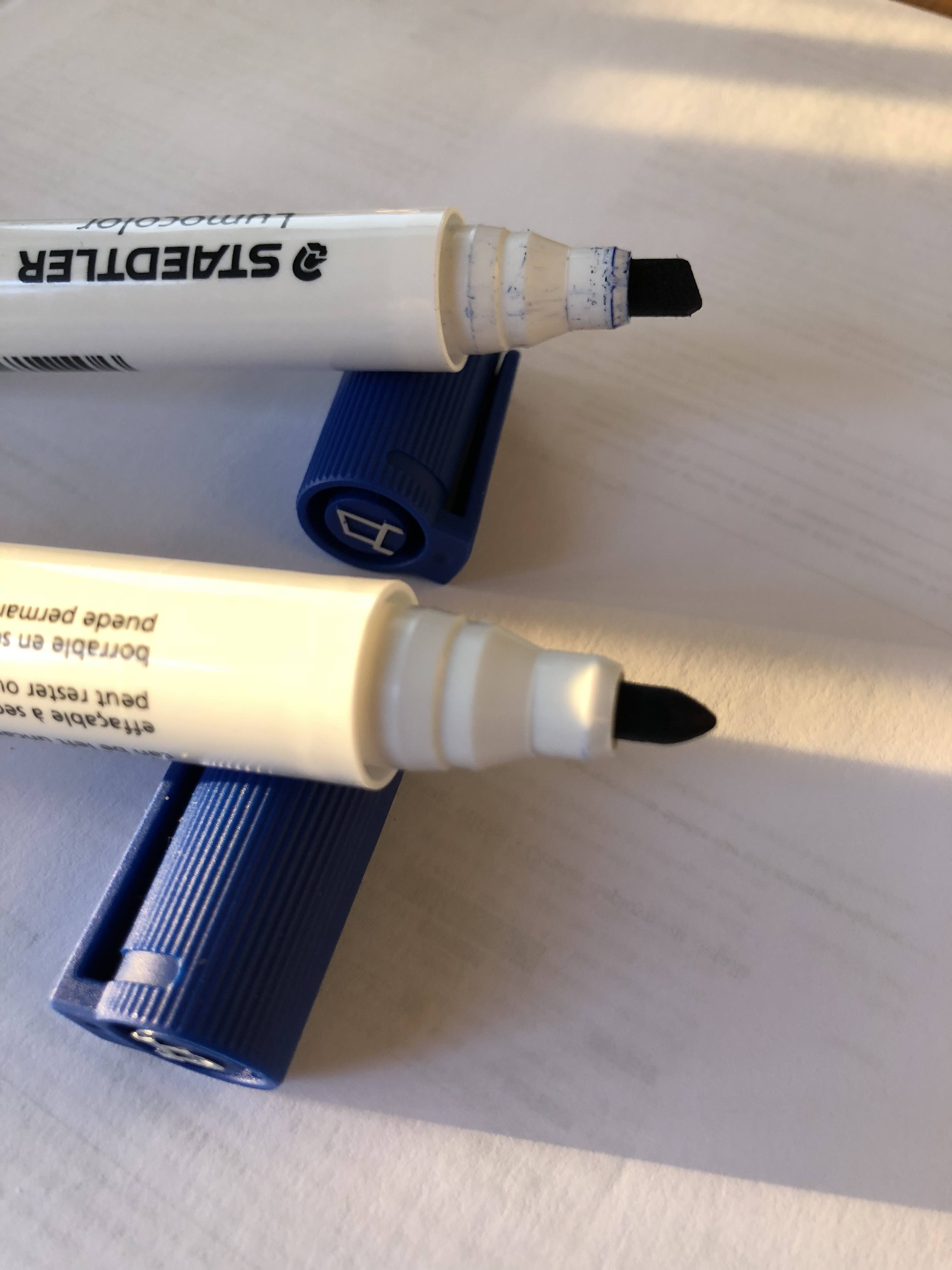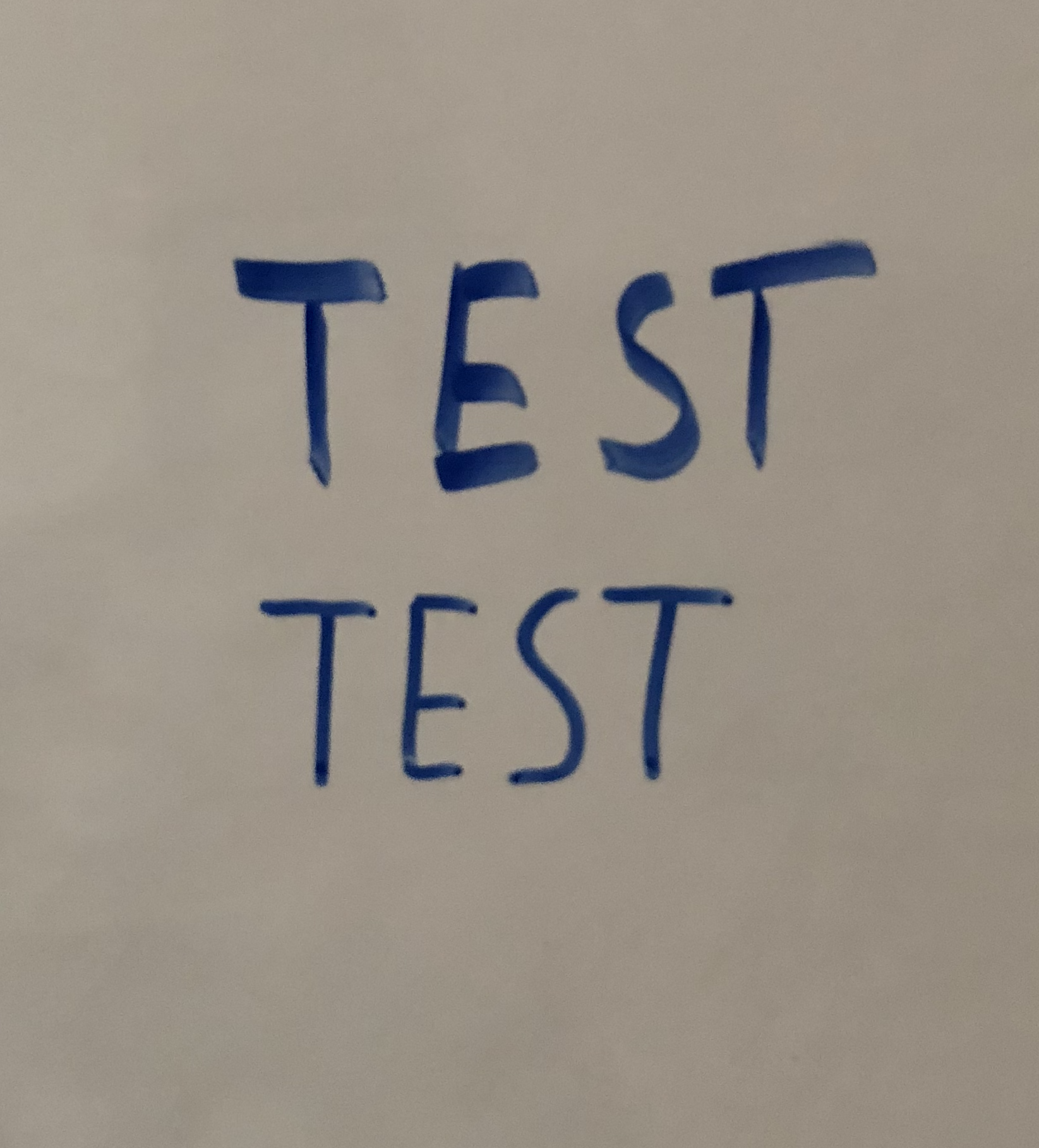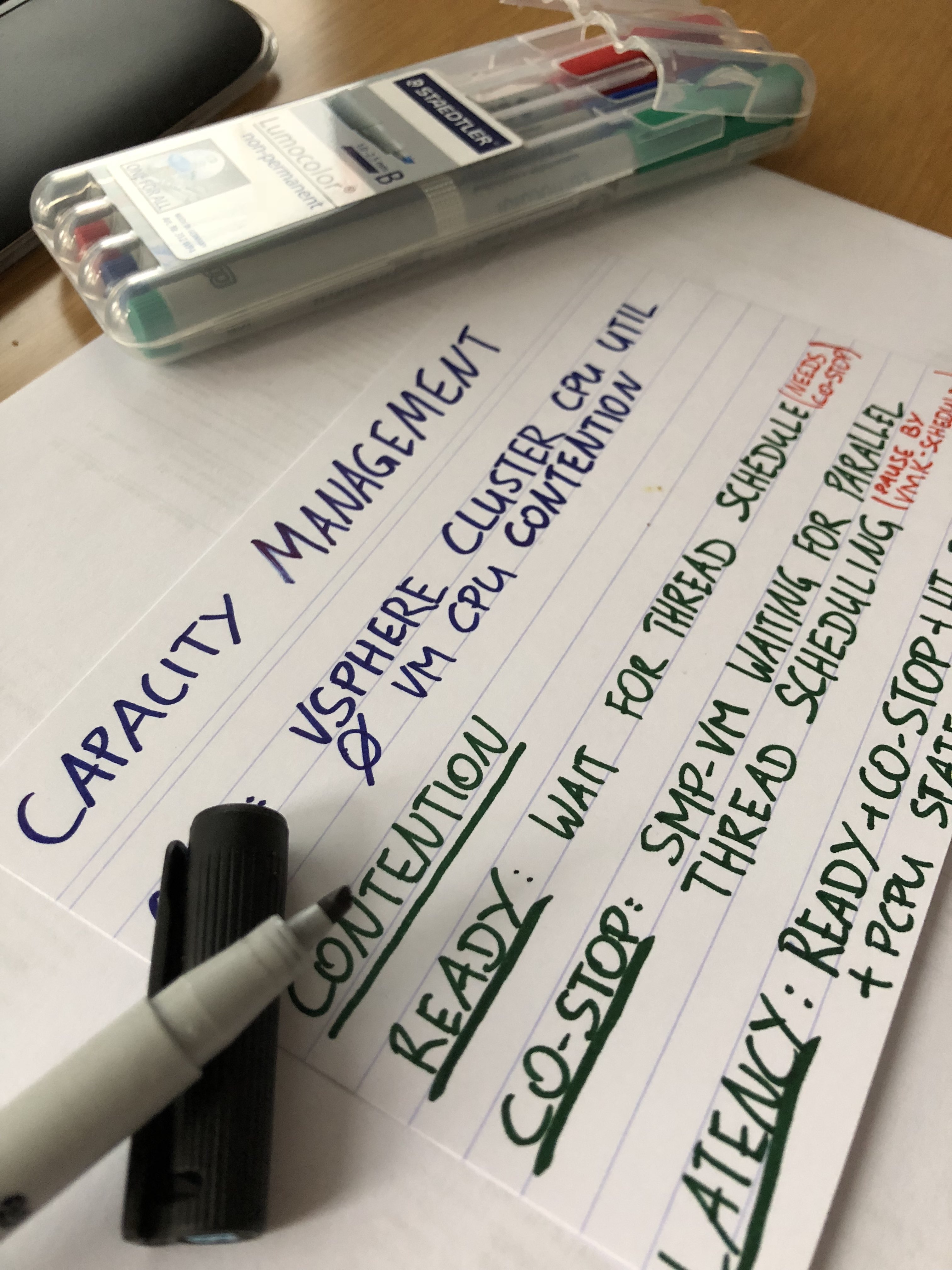Disclaimer: I am by no means an expert on this topic nor have I got the feeling that my performance during the VCDX defense was exceptional. However, some basic training got me from “zero” to at least one step further - more or less readable handwriting.
We all take it for granted - there is a whiteboard in the room and we all know how it works, right?
In any kind of meeting, when there is an idea in the room, you need to take notes or need to visualize something - you start drawing and writing on the whiteboard. Then one of the next sentences is often “sorry for my handwriting” or “I hope you can read this”.
I was in the same position and it felt somehow “unprofessional”. In the weeks before my VCDX defense with the design scenario looming over my head (which relies heavily on the whiteboard) I wondered if I cannot learn or improve my skill set in this regard.
Guess what - thank you, internet! There is nothing you cannot find on the internet, you just need to know for what to look for.
The tool: Whiteboard marker
Another thing we do tend to ignore are the whiteboard markers (except when they are dried out, then we start swearing). But did you ever wonder why there are different tips? In the picture you see the chisel-tip (top) and the bullet/round-tip (bottom).

Different tips serve a purpose
Chisel-tip: Often between 2 and 5 mm. The best use-case for this marker is writing. Vertical lines are slender and horizontal lines are bold. This makes your writing good readable, especially from further away
Bullet/round-tip: Around 2 mm. Use this for drawing. Your line width will not change by direction and you can do more details.

Chisel on top, bullet-tip bottom.
- VCDX-tip #1: Bring your own markers into the room. You do not want to deal with a dried-out pen
- VCDX-tip #2: You won’t be able to switch between different marker-tips in the room, time is of essence and you don’t want to start fumbling around. Just practice and stick with one type of marker. Which one you need to find out for yourself.
If you want to go to expert level on different brands, see here. Personally I didn’t want to spent a fortune and the box that comes with the Staedtler pens is quite handy.
The overlooked: Handwriting
If you can spare a few minutes, read this blog post by Yuri Malishenko for a great overview on how to improve. For me this was really the starting point for all further efforts.
If you want to have a TL, DR at this point: Learn to write in CAPITAL BLOCK LETTERS, no one can read the stuff you learned in school. Now you do not have a whiteboard at home you say?

Flashcards can be used to improve your writing and to help you remembering information
I got back into the habit of writing flash cards. With the right pens (in my case 1 - 2,5 mm chisel-tip pens) you can practice your capital block letter-writing and at the same time memorize important information.
Another aspect is the size of your handwriting, again referring to an excellent article by Yuri Malishenko - use rule #5 to determine the size.
TL, DR: As a general rule of thumb, write a letter about 3 cm high. That is as high as the index and middle-finger put together. E.g. if you write with the right-hand, use the fingers of the left hand to determine the size of your letters.
Often forgotten: T-T-T
A golden rule of whiteboarding or on the flipchart is:
- touch
- turn
- talk
Please, do not talk to the whiteboard. Now repeat: Do not talk to the whiteboard!
Touch: When you are finished writing or drawing, touch the point on the whiteboard you want to highlight/talk about
Turn: Turn to the audience and make sure you got their attention
Talk: Now you can start explaining.
Summary
All of this takes some time to learn and personally, I keep improving all the time. Perhaps this blog might help you preparing for VCDX by giving you some confidence in an area you did not consider so far.


Comments